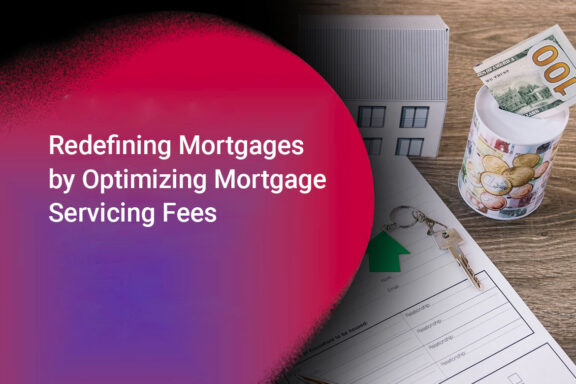A decline in interest rates often tempts homeowners to refinance their mortgages and benefit from the savings generated. Even if the lower interest rate is because of a short-term fluctuation or other market-driven factors, homeowners try to refinance and take advantage of the potential cash savings that can be generated. From a homeowner’s perspective, the savings generated can be utilized as spendable funds that can help with debt repayments, home improvements or investments in other assets. Today homeowners across the country are actively considering refinancing as a way to minimize their debt burden and to reduce the cost of ownership.
Understandably, this generates significant interest in factors driving interest rate trends and the potential impact they will have on mortgage and refinancing options for homeowners.
There are two broad aspects that drive mortgage and refinancing patterns:
- Mortgage interest rates are driven by investors involved in mortgage-backed securities
Mutual funds, pension funds, banking institutions and insurance firms typically invest in mortgage-backed securities and drive demand. This demand determines the price of a mortgage within the free market and the interest rates being offered to consumers such as homeowners.
- The type of mortgage (adjustable or fixed rate) that the homeowner has bought
When homeowners purchase a mortgage, they either opt for a fixed interest rate mortgage or an adjustable rate mortgage depending on their preferences for repayment. On a fixed-rate mortgage, the interest rate is fixed through the tenure of the mortgage, whereas an adjustable-rate mortgage is subject to variations in interest rates arising from changing market conditions.
The interest rates driving a fixed-rate mortgage (such as a 30-year mortgage) are typically linked to the rates of the US Treasury’s 10-year bond and the yield it delivers. However, even a 30-year fixed-rate mortgage does not last beyond an average life of seven years as homeowners often opt for refinancing within that time. Hence, these mortgages are also subject to short-term influences such as inflation and economic expectations—factors that typically impact adjustable-rate mortgages.
Further, homeowners take into consideration a range of other factors when they evaluate a refinancing decision. For instance, they compare the interest rates offered by various mortgage lenders and also evaluate their overall debt position across all the loans that they have taken. In addition, cost considerations and tax liabilities also play an important role – for instance, the costs incurred while refinancing a loan has to be offset by the potential monthly savings generated, and knowing whether the interest paid on the mortgage is eligible for tax deductions.
Mortgage refinancing can be like walking on a tightrope, and homeowners need to skillfully balance the various factors that drive the decision to refinance.







No Comments